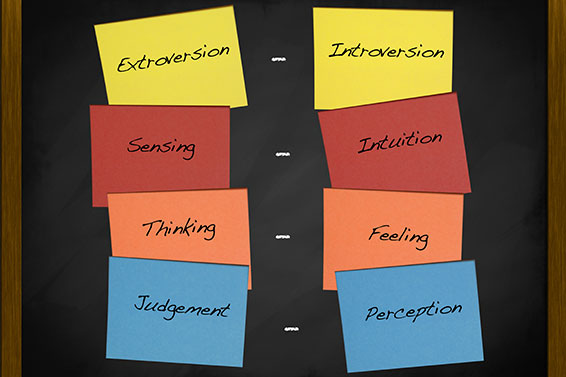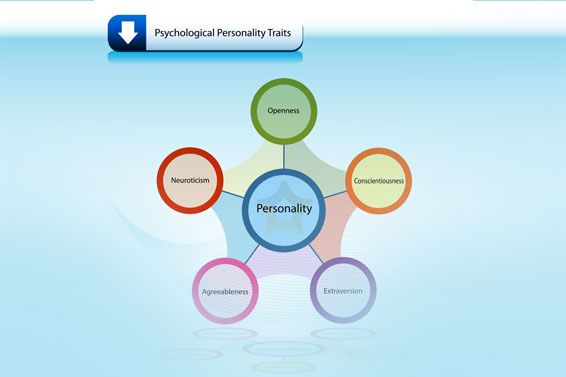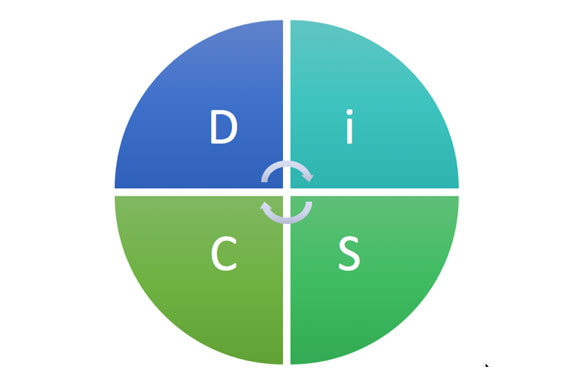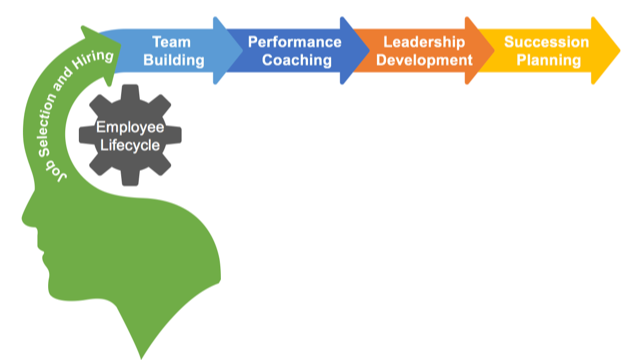
Myers-Briggs Type Indicator (MBTI)
June 2, 2006
NEO4 or NEO PR-I
June 2, 2006The Personal Profile System® was first developed in 1972 based on William Moulton Marston’s two-axis, four-dimensional model that divides behavior into four distinct dimensions (abbreviated DiSC).
- Dominance
- Influence
- Steadiness
- Conscientiousness
Note: Marston first published his book, Emotions of Normal People in the 1920s. Unlike his contemporaries, Marston focused on how normal people interacted in the world around them.
Marston’s Model
Marston’s Model was based on two perceptions:
- The environment as favorable or unfavorable.
- The person himself/herself as more or less powerful than the environment.
First Principle
In the first principle, favorable environments represented by influence and Steadiness) were viewed as fun, friendly, and successful. Unfavorable environments (represented by Dominance and Conscientiousness), on the other hand, were filled with challenge, obstacles, and pitfalls.
Note: Although Marston only considered other individuals, situations, and events as part of how one perceived his/her environment, more contemporary researchers believe that genetic traits also play a role.
Second Principle
The second principle is determined by how much impact, control or affect individuals believe they have on a particular situation, group of people, or event.
| IF the individuals believe they are… | THEN they would… |
| More powerful than the environment (represented by Dominance and influence) | Persuade others to help them achieve a goal. |
| Less powerful than the environment (represented by Steadiness and Conscientiousness) | Be more apt to cooperate with others and adhere to established guidelines. |
Marston’s Integrated Model
The table below outlines Marston’s Integrated Model (Content Manual, 1996, p. 10).
| Dimension | Environment | Self |
| Dominance | Unfavorable | More Powerful |
| influence | Favorable | More Powerful |
| Steadiness | Favorable | Less Powerful |
| Conscientiousness | Unfavorable | Less Powerful |
Interpretation
Because all of these measurements are based on perception, reactions to situations might vary based on an individual’s experience and current state of mind (Ross, 1996).
| IF individuals scored high in… | THEN they believe that… |
| Dominance | They can overcome challenges and will try to change, fix, or control things. |
| influence | They can persuade others by showing power and convincing others to share their views. |
| Steadiness | The environment should remain the same and little should be done to change things because they believe things are fine as they are and should be left alone. |
| Conscientiousness | They need to analyze things carefully and then work to achieve high standards or try to follow established rules in order to accomplish their goals. |
References:
Content manual for understanding DiSC® dimensions of behavior (Volume I). (1996). Minneapolis, MN: Inscape Publishing.
Ross, A.O. (1992). Personality: Theories and processes. New York, NY: HarperPerennial.


